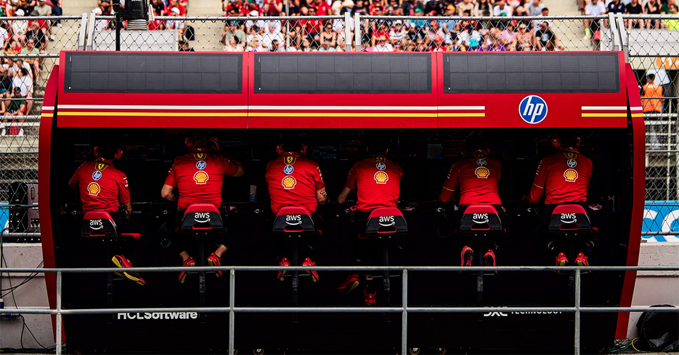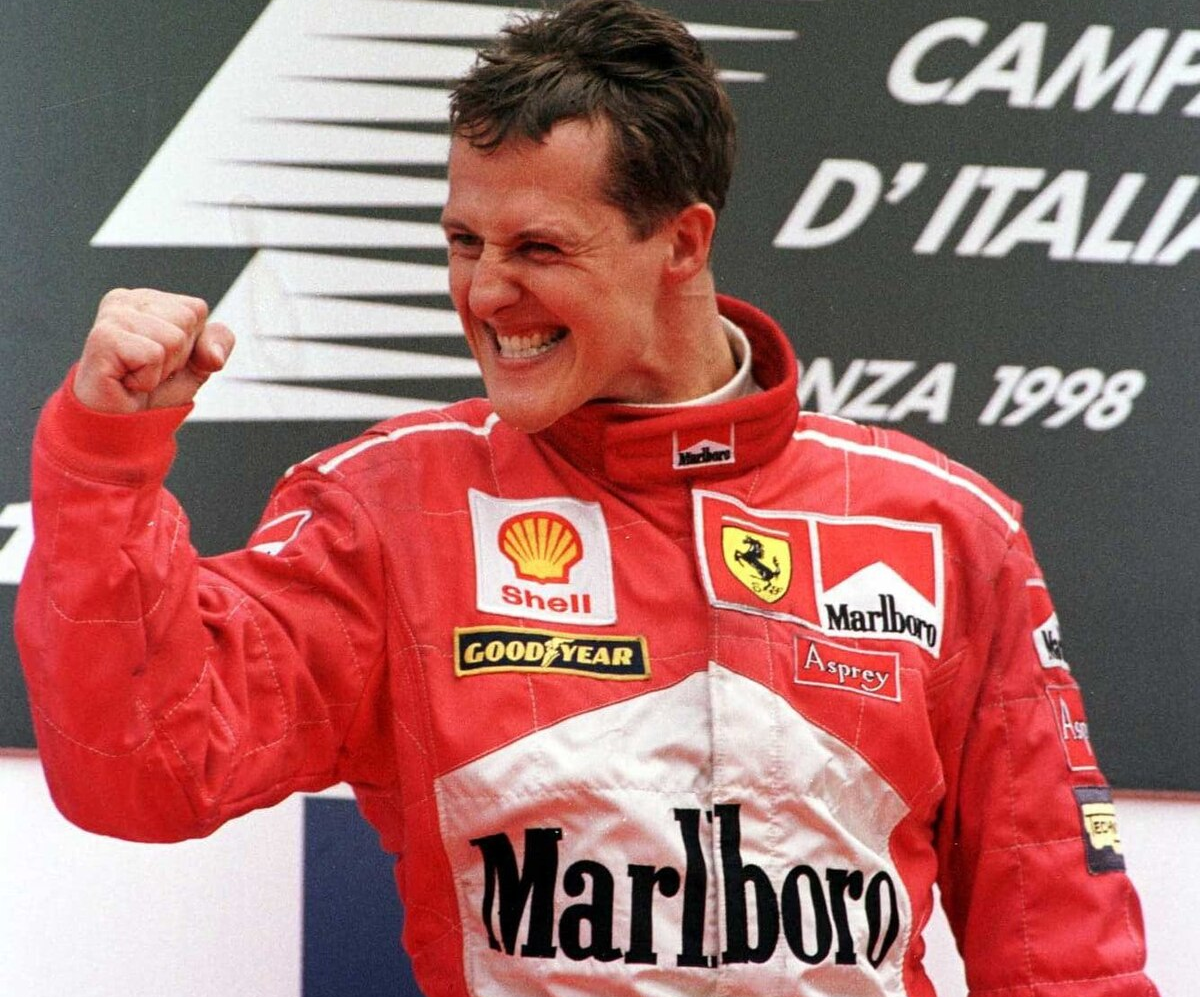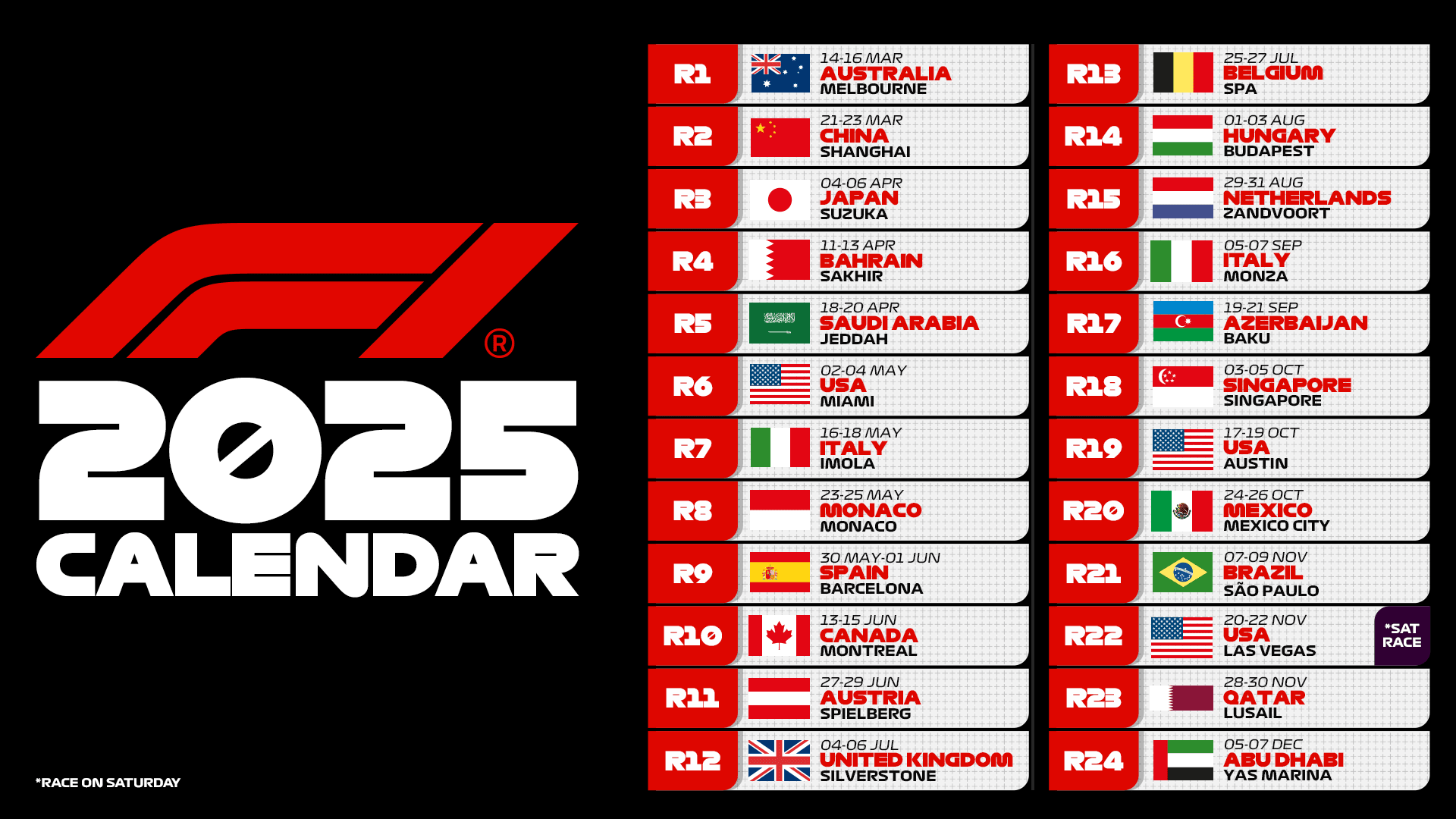
Behind a single-seater on track lies an extremely complex world of technology, technicians, and engineers. Formula 1 and Formula E share several aspects but also represent two completely different categories in how they conceive vehicle development, both due to the nature of the cars themselves and some economic constraints.
In Formula 1, for example, while remaining within the regulatory volume limits, teams have significant design freedom on the aerodynamic and chassis fronts, allowing them to explore different concepts from team to team. Conversely, in Formula E, it was decided to rely on a single manufacturer for aerodynamics and chassis, leaving more room for powertrain development.
It is precisely in the powertrain domain that a central difference emerges in the approach to development. Before the freeze on current units, Formula 1 allowed continuous development of both hardware and software, for both the internal combustion and electric components, making significant performance leaps possible even during the season.
Why FE focuses on software
Conversely, in FE, development is divided into two approaches: hardware development is limited to a two-year cycle, while software development is completely unrestricted. On the hardware side, once the unit has been homologated, components cannot be modified for the next two seasons, at least until the vehicle’s evolution is introduced. This also allows manufacturers to homologate a new powertrain that will undergo another two-year cycle.
However, while hardware development follows a cyclical pattern to help contain costs in a financially sustainable series—where the annual budget per team is capped at around €15 million compared to Formula 1’s current €140 million—the real battleground in Formula E is software, which is arguably more directly connected to the automotive industry.
In Formula 1, until the freeze in 2022, teams were allowed five updates per season for the power unit software linked to the ECU, as well as for the ERS and control unit applications. Since 2023, only one software version per season has been permitted. Once the database is set, teams can adjust its usage based on track layouts and specific needs. However, the core software remains unchanged, with rare opportunities for updates.
Show your support for Scuderia Ferrari with official merchandise collection! Click here to enter the F1 online Store and shop securely! And also get your F1 tickets for every race with VIP hospitality and unparalleled insider access. Click here for the best offers to support Charles and Lewis from the track!
In contrast, in Formula E, given the FIA-imposed limitations on hardware development, there is significant freedom in software, which manufacturers typically update every two to three races after a validation phase in the simulator. This is a crucial aspect for several reasons: first, as seen in the past two years, it allows significant progress in the standings, and second, due to the nature of the cars themselves.
Software development improves efficiency
In Formula E, efficiency is crucial. Each car has a set amount of energy to complete the ePrix, but part of that energy does not come from the battery; rather, it is recovered during braking. The more efficient a car is at managing energy recovery and charge, the greater the advantage it gains.
Development also revolves around how the system recovers energy during braking or lift and coast, requiring close collaboration with the driver’s preferences. Additionally, software influences how energy is deployed and affects the car’s balance.
It is no coincidence that after being developed in specialized departments, software is validated by drivers in the simulator to assess not only its effectiveness but also its impact on vehicle behavior. In FE, software development is twofold: while the base software is designed by the powertrain manufacturer, customer teams can also modify it.
Typically, beyond the fixed framework set by the manufacturer for system operation, customer teams have access to modify 10 to 15% of the code for customization. This may seem like a small margin, but it impacts critical aspects such as energy recovery parameters, which is why customer teams can sometimes challenge the manufacturer’s performance.
Software will be a key factor in F1 again from 2026
In F1, software development is currently limited by regulations, but from 2026 it will become a key aspect once again. This is not only because energy management will become significantly more complex, as previously analyzed, but also because teams will be allowed to update software multiple times during the season.
From 2026, each manufacturer will be permitted to use five different software versions per season, decreasing to four in 2027 and three from 2028 onward. Due to the very nature of the future power units, which will eliminate the MGU-H, teams may adopt vastly different energy deployment strategies throughout a lap, with varying acceleration curves depending on whether they prioritize better acceleration or a different energy distribution.
With the 2026 regulations making the electrical component the focal point—where power output is split 50/50 between the internal combustion engine and the electric system—energy management will become a critical factor, and more efficient software could make a decisive difference. This will not only involve software development for improving CFD models or vehicle behavior in the simulator but, perhaps most importantly, for optimizing the management of future power units.












.png)

Leave a Reply